

It would take a lifetime to get to know every facet of Tokyo, a city so large that it spreads as far as the eye can see. Let us help you stake out the top spots and offer some reliable tips on taming Japan’s biggest city by asking the people on our team who know it best.


Tokyo guarantees a truly polarizing experience: modern yet traditional, orderly yet wacky. Unfortunately, we can’t visit the Japanese mega-city at the moment, but we can still dream about future travel adventures to the largest city in the world. Because when it comes to mesmerizing travel destinations, Tokyo checks most boxes. And we’ve got the list to bring your Tokyo dream a step closer to reality. Get inspired and ready to explore the vast metropolis with these can’t-miss hidden gems.


Surrounded by a lush forest space spanning more than 70 hectares (170 acres), the Meiji-jingu Shrine is the perfect peaceful escape from the high-energy streets of Shibuya and wider Tokyo. This Shinto shrine is dedicated to the first emperor of modern Japan, Emperor Meiji, and his wife, Empress Shoken. With numerous walking paths and as much green space as you could ask for, it’s ideal for a relaxing change of pace and, of course, full of history too.
Our team says: The Meiji-jingu Shrine close to Harajuku Station is the most famous shrine in Tokyo. It’s enveloped by both city and nature. It also hosts different festivals each year and has been visited by many important political figures over the years.
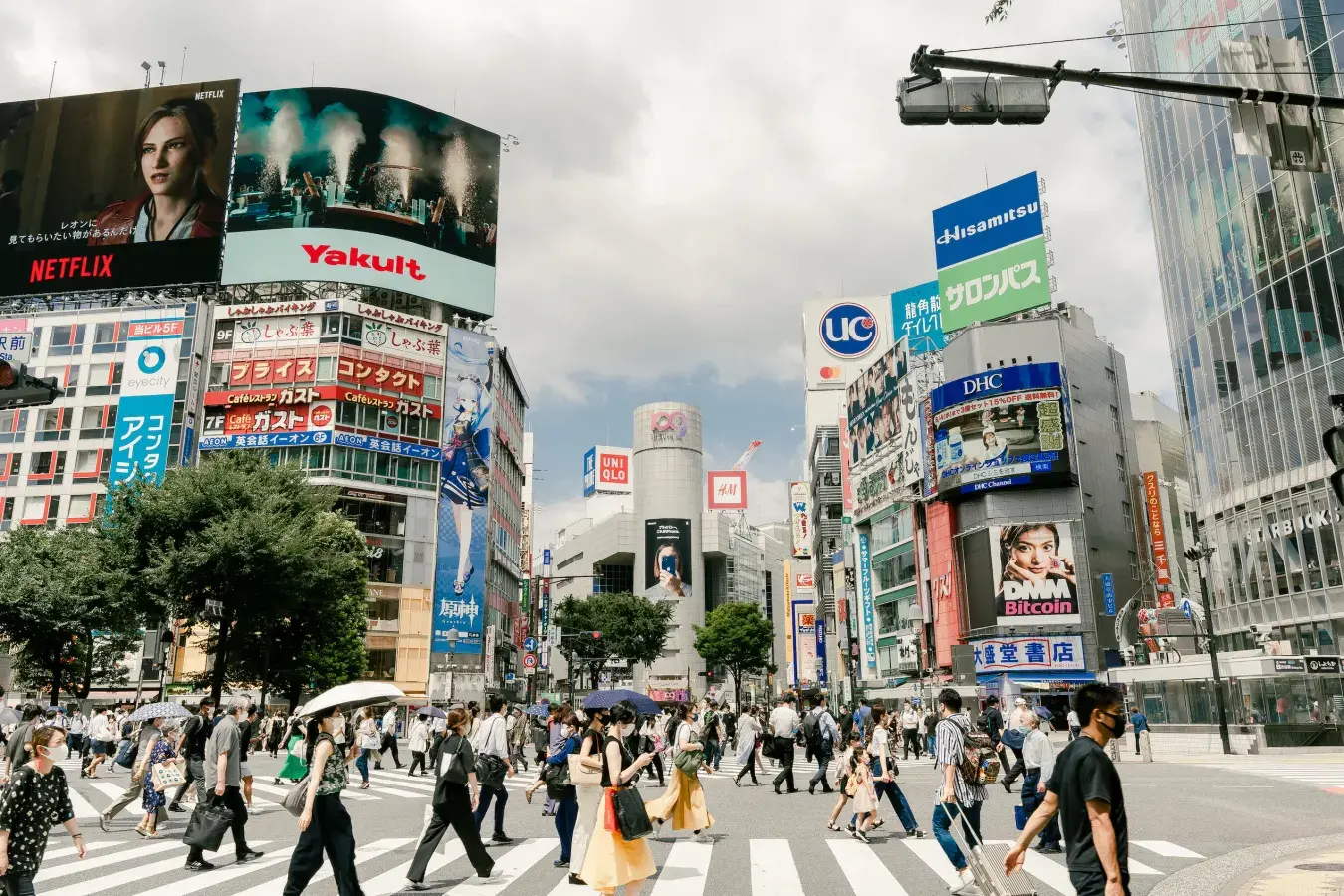

Walking this iconic crossing will have you immersed in controlled mayhem. And that’s just the ground action. Lift your gaze towards the many dazzling lights of Shibuya Crossing and you’ll be entertained by an endless sea of advertisements as well as live TV broadcasts. For those seeking a calmer experience, the numerous restaurants and cafés make for a welcome alternative, offering the view while steering clear of the masses.
Our team says: The screens surrounding Shibuya Crossing planted the seed for the trend of neon-light cities across Japan. If you’re looking for Tokyo’s colorful youth culture, look no further than Shibuya Crossing.
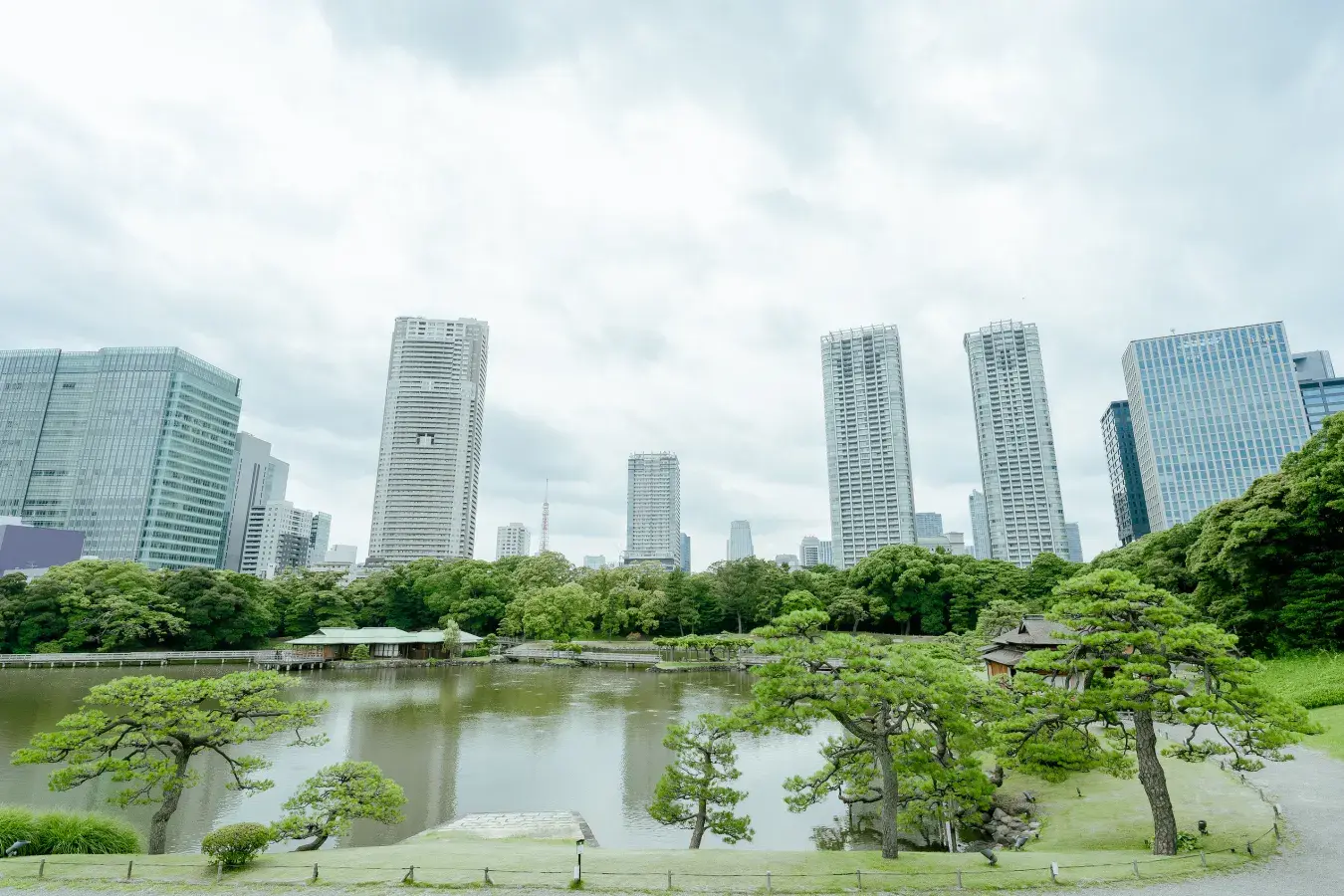

Hungry for a rich serving of Japanese history? Even though it’s been a while since the Hama Rikyu Gardens hosted feudal lords for duck hunting, signs of its past still inhabit the beautiful landscapes. The gardens are situated on a small island, neighboured mostly by parts of the industrial port. They make for a surprising find between the wharfs and docks, inviting any visitor to swap urban routines for picturesque nature and rich history.
Our team says: The design of the Hama Rikyu Gardens organically incorporates historical buildings that have remained since the Edo Period (1603-1867). You can enjoy the peaceful scenery including the garden’s rare flora and fauna as a surprising contrast to busy city streets.
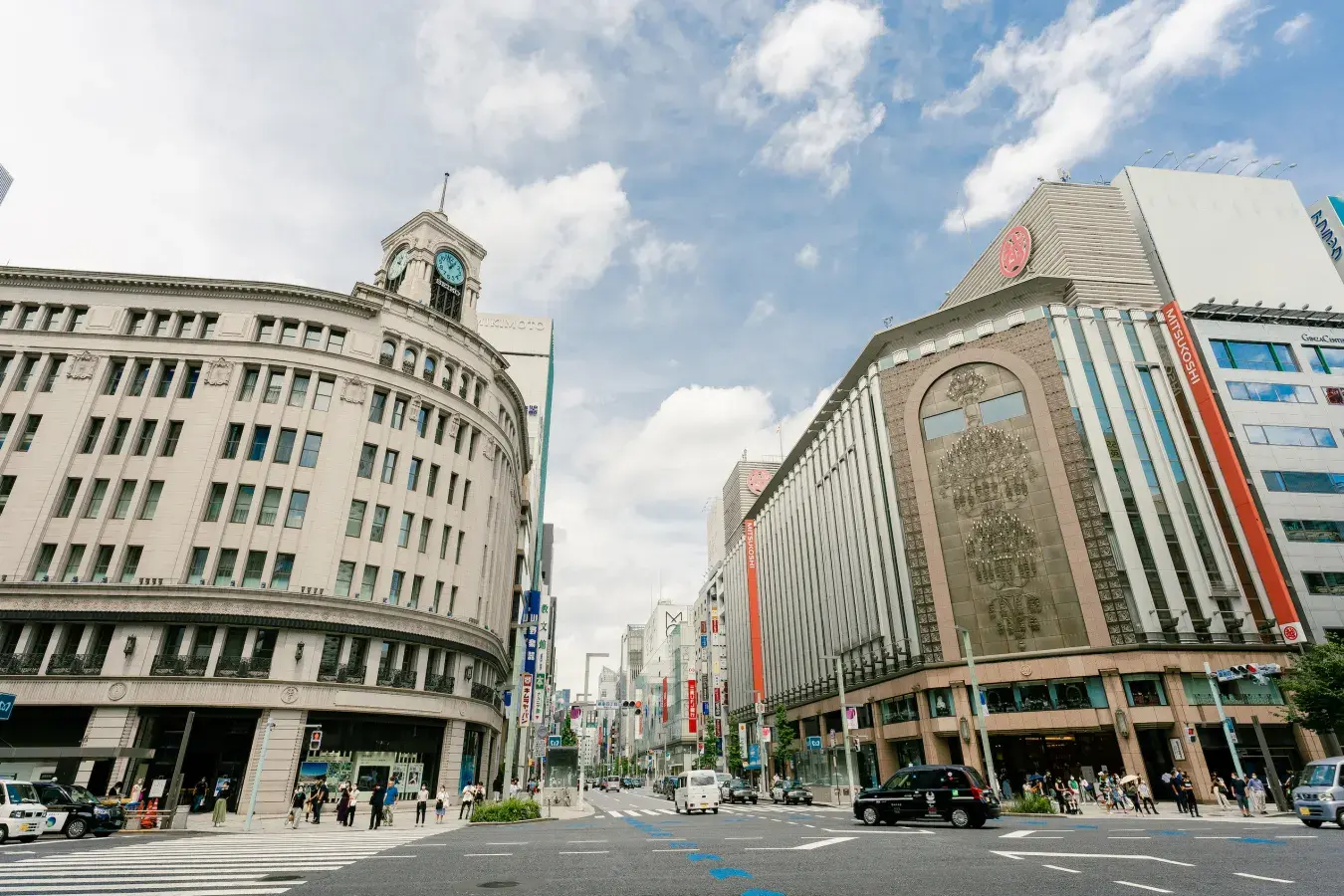

Like the aforementioned Shibuya Crossing, Ginza Crossing temporarily halts all traffic, allowing pedestrians to traverse the road in all directions, all at once. And given the rich selection of luxury shopping and fine dining destinations (like Kyubey or Ise Sueyoshi) you will certainly use every direction over Ginza crossing to explore the district. Meanwhile, contrasting Ginza’s modern buildings and shiny luxury stores is the elegant, neo-renaissance-style building of the famous Wako department store.
Our team says: Ginza is known as the pinnacle of locations for luxury brands. It’s also a culturally rich place offering a unique experience of western influence fused with ancient Japanese history.
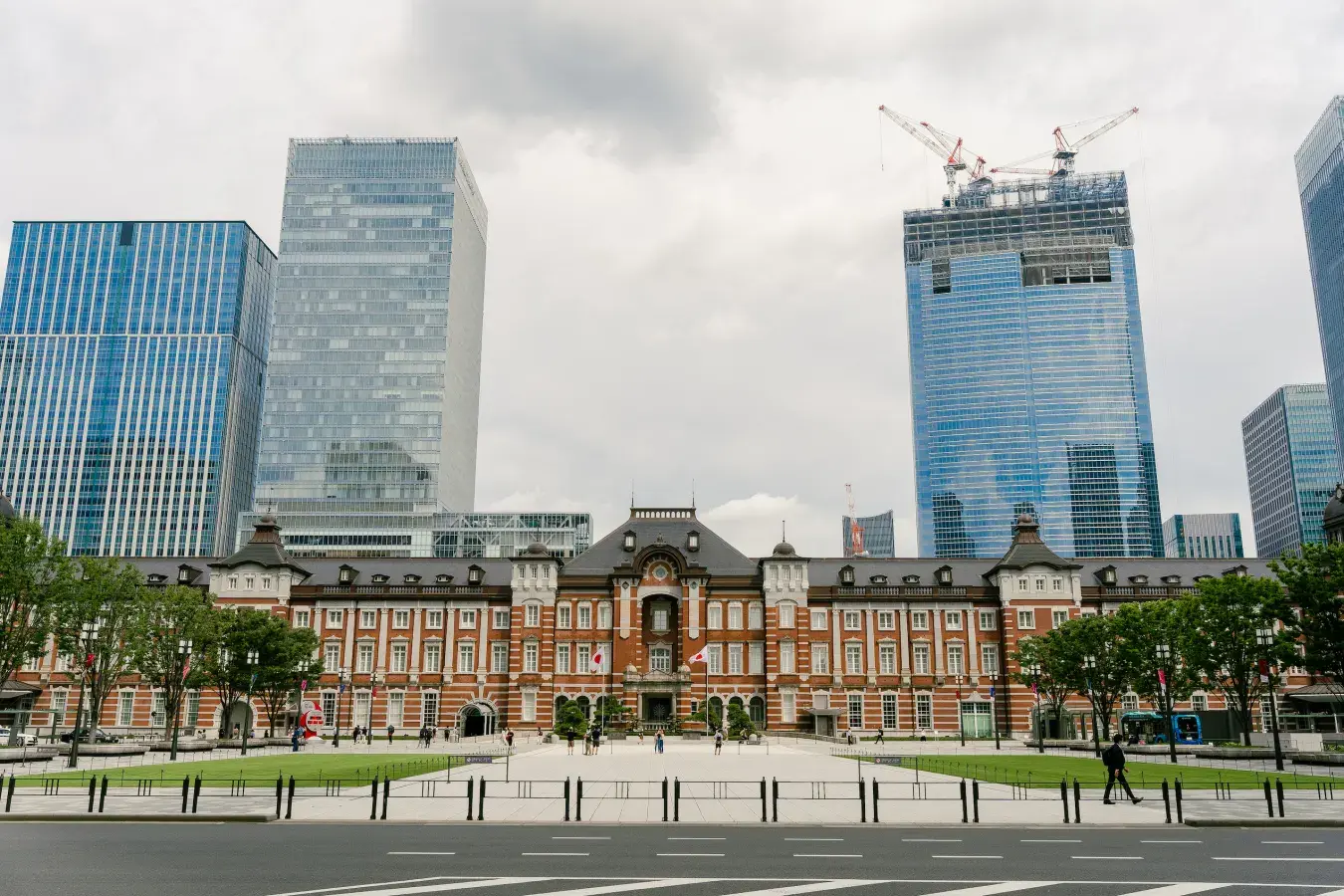

This key Tokyo landmark isn’t only a train station for nearly half a million travellers per day, but also hosts a wide variety of shopping options. Due to its enormous size and complexity, you might have to ask one of many attendants to point you in the right direction – it’s not called Tokyo Station City for nothing.
Our team says: Tokyo station is known for its western-style entrance and the way one entrance serves all travelers coming through. Most Japanese stations are designed with the intention to deliver a modern feel and offer multiple entrances for the different trains and destinations.
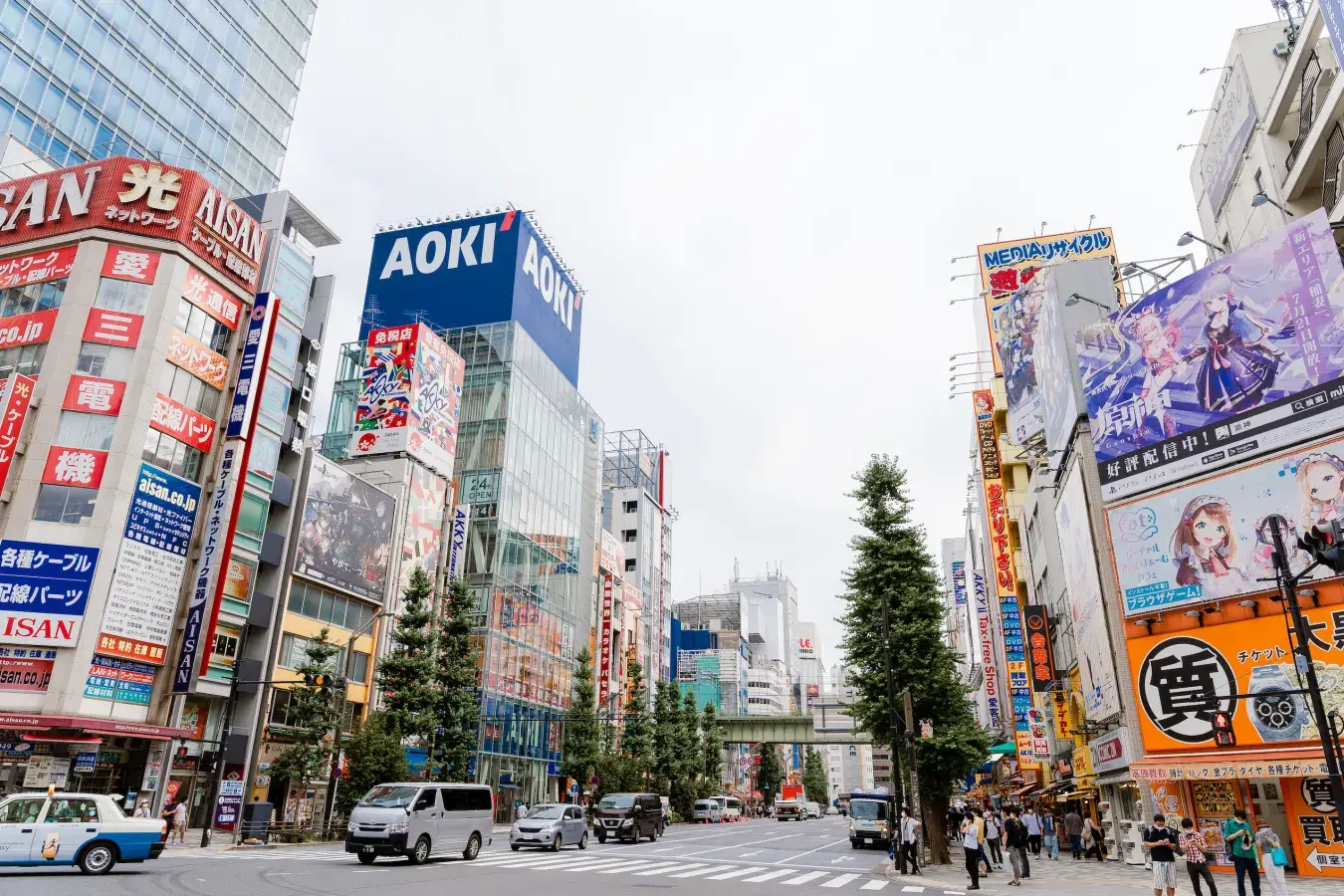

The many signs and stores won’t be the only colorful impressions you’ll keep from a trip to the Akihabara district. There’s also a good chance of running into diehard members of the Anime community as they are visiting the area’s Manga and Anime hotspots – authentic display of Japanese culture.
Our team says: The majority of visitors flock to this the area aiming to indulge on the many places devoted to their favorite Anime or Manga characters. Another allure of Akihabara are the stacked shops for electronics where you can find practically anything.


Think of Japanese architecture. You are likely envisioning modern skyscrapers and traditional kura-zukuri style buildings. Old railway viaducts and similar structures probably don’t appear on your list, but they are sprinkled all over Tokyo. As the city outgrew the era of these buildings, they remained an integral part of the cityscape and in part have been modified to serve a new purpose.
Our team says: One of the characteristics of Tokyo is that many old structures have been repurposed from old railways stations into bridges or get used otherwise. These places combine old and new designs that shape the face of Tokyo.
If you’re looking for a specific product or simply the true local Tokyo, you might just find it on the lively market street of Ameyoko (short for Ameyayokocho). The former candy store hub of Tokyo has since become a popular destination for locals to stock up on anything from fresh food to clothing. Dive into the vibrant atmosphere with eager merchants promoting their offerings while the traditional Japanese cuisine spreads its scent among the shoppers.
Our team says: Unlike the luxurious Ginza district, Ameyoko is the shopping district for locals. It also offers plenty of other attractions, like its famous zoo, for example, and an art museum.


Quench your thirst for culture with a local theater play. Spearheading the development of arts and culture in the Ikebukuro district, the Tokyo Metropolitan Theater hosts a wide variety of performances from exhibitions to operas. Aside from the four main halls for larger events, the complex also houses other facilities, making it a hub for education and talent development.
Our team says: The Tokyo Metropolitan is known to have plenty of cultural facilities, including the theater and orchestra hall where you can experience local and international musicals and concerts.


Tokyo’s red-light district boasts a truly unique atmosphere. Even when simply roaming the busy streets you’ll be treated to some extraordinary sights like the ‘Godzilla Head’, towering 50 m above you. Alongside the so-called love hotels, plenty of wacky establishments – like the Robot Restaurant – guarantee a night to remember. And those nights are said to sometimes go on ‘til the sun peeks over the horizon again.
Our team says: Kabukichou is a must-see area in Shinjuku that’s known for its entertainment district. The atmosphere of this street changes drastically after dark, so don’t miss that experience.